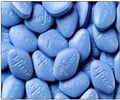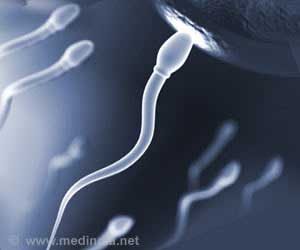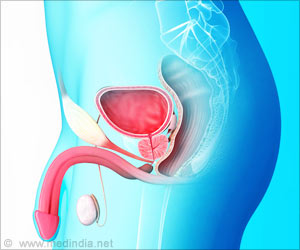
According to lead author Dr. Naomi Schlesinger, Chief, Division of Rheumatology and Professor of Medicine, Rutgers-Robert Wood Johnson Medical School, New Brunswick, NJ, US, "these results strongly support the proposal to screen all men with gout for the presence of ED. Increasing awareness of the presence of ED in gout patients should in turn lead to earlier medical attention and treatment for this distressing condition," she added.
Gout is a condition characterised by recurrent attacks of acute inflammatory arthritis. Around 1– 4% of the Western population will develop gout at some point in their lifetime.2 The arthritis is caused by deposits of needle-like monosodium urate crystals in the joints and is associated with an abnormally high level of urate in the bloodstream. The crystals cause inflammation, swelling, and pain in the affected joint.2
"Because gout is commonly associated with cardiovascular disease (CVD) risk factors and coronary artery disease (CAD) and patients who present with ED also have an increased rate of CVD risk factors and concomitant silent CAD, all these patients should also be evaluated for possible silent CAD," Dr. Schlesinger concluded.ED is a common problem in the general population, with the prevalence of moderate to severe ED estimated to between 5– 20%.2 The likelihood of ED increases progressively with age; however, it is not an inevitable consequence of aging.3 The importance of vascular disease as an underlying cause of ED is well established.2
In this cross sectional study, men aged 18-89 presenting to a Rheumatology clinic between August 2010 and May 2013 were asked to participate. The presence of ED was determined by filling out a Sexual Health Inventory in Men (SHIM). The SHIM classifies ED into one of five categories: absent (26), mild (22), mild to moderate (17), moderate (11) and severe (1). The patient's history, physical examination and recent laboratory studies were reviewed as well. Descriptive statistics and subgroup analyses were used to summarise the data. Chi-square tests for independence were used to compare categorical variables.
The mean SHIM score of all patients was 16.88 (SD±-0.83). Gout patients had an average SHIM score of 14.38 (SD±1.01) vs. 18.53 (SD± 0.964) in patients without gout (p < 0.0001). A significantly greater proportion of gout patients whose age was ≥ 65 had ED vs. patients without gout (p=0.0001) and it was significantly more likely to be severe ED vs. patients without gout (p=0.0002). A significantly greater proportion of patients with tophaceous gout* had ED vs. those without tophi (p=0.0001). In a multivariate analysis, the association between gout and ED remained statistically significant even after adjusting for age (p=0.0009), hypertension, LDL-cholesterol, glomerular filtration rate (a measure of renal function), obesity, depression (p=0.0154) and diabetes (p=0.0085).
Source-Eurekalert













